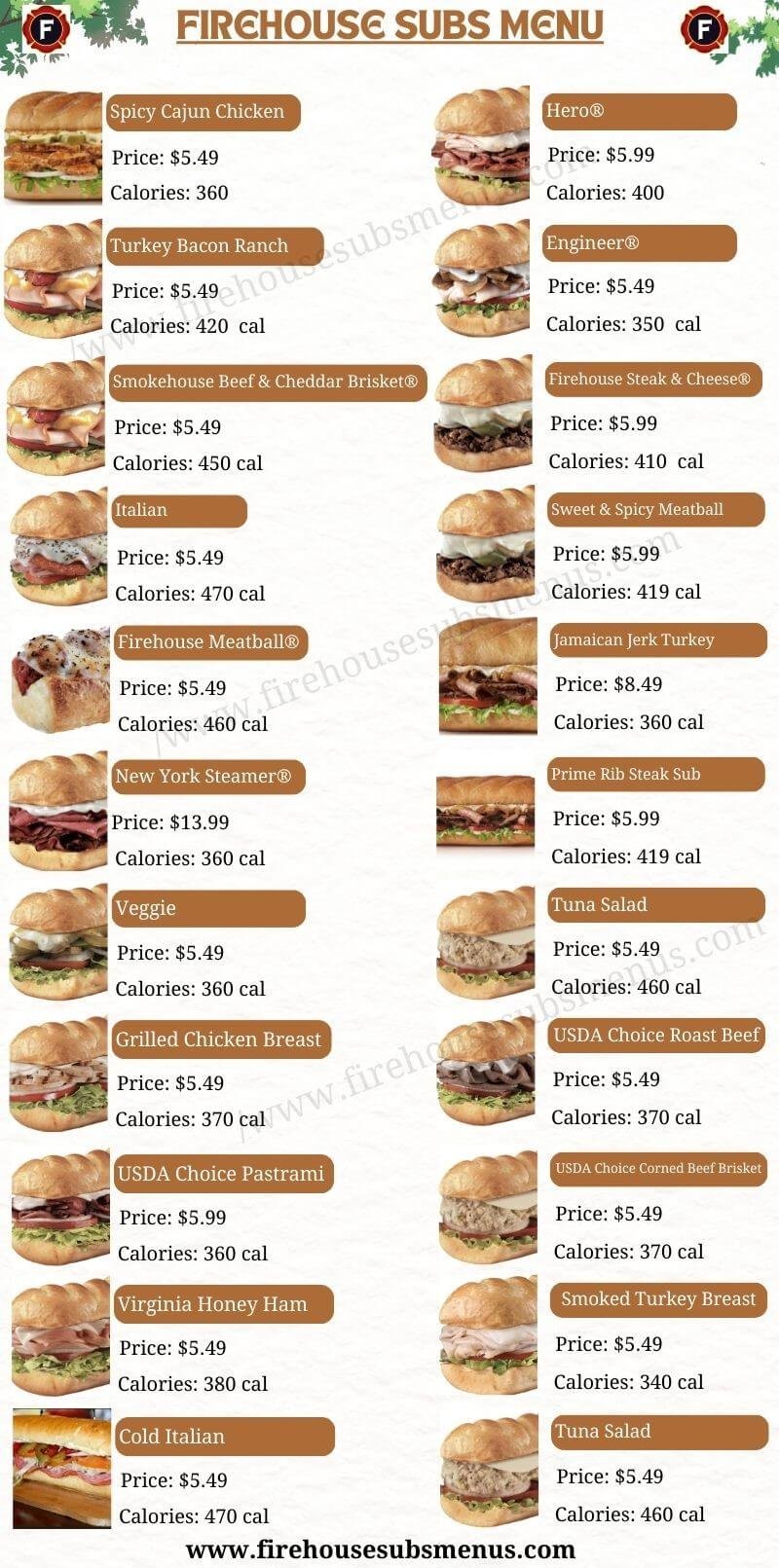
Curious about how to round to the nearest cent? Here’s the quick fix: simply look at the number to the right of the cent place. If it’s 5 or above, round up; if it’s 4 or below, round down. Mastering this simple trick can save you from the hassle of dealing with those pesky decimal points. Next time you’re dealing with prices or financial calculations, harness the power of rounding to the nearest cent for a smoother experience. Let’s dive in and make math a bit more manageable, shall we?
Round to the Nearest Cent
When dealing with monetary values, accuracy is key. Rounding to the nearest cent is a common practice that simplifies calculations and ensures precision in financial transactions. This article will delve into the concept of rounding to the nearest cent, exploring its significance, methods, and practical applications.
Understanding Rounding
Rounding involves approximating a number to a certain degree of accuracy. When it comes to currency, rounding to the nearest cent means expressing a dollar amount with two decimal places. This method helps in dealing with fractions of a cent, making calculations easier to manage and comprehend.
The Importance of Rounding to the Nearest Cent
Rounding to the nearest cent is essential in various financial contexts for several reasons:
– **Accuracy**: By rounding to the nearest cent, financial calculations become more precise and error-free.
– **Consistency**: Adopting a standard rounding method ensures uniformity in financial reporting and transactions.
– **Simplicity**: Dealing with whole numbers and cents simplifies calculations and enhances understanding.
Methods of Rounding to the Nearest Cent
There are different approaches to rounding numbers to the nearest cent:
– **Half-Up Method**: This method involves rounding a number up if the next decimal place is 5 or more. For example, $1.555 would be rounded to $1.56.
– **Half-Down Method**: With this method, numbers are rounded down if the next decimal place is 5 or more. For instance, $2.345 would be rounded to $2.34.
– **Half-to-Even Method (Bankers’ Rounding)**: In this method, numbers are rounded to the nearest even number. For example, $3.525 would be rounded to $3.52, and $4.535 would be rounded to $4.54.
Applications of Rounding to the Nearest Cent
Rounding to the nearest cent is prevalent in various financial and everyday scenarios:
– **Retail Transactions**: In retail settings, prices are often rounded to the nearest cent for clarity and convenience.
– **Tax Calculations**: When calculating taxes or tips, rounding to the nearest cent ensures accurate final amounts.
– **Accounting**: Financial statements, invoices, and balance sheets commonly use rounded figures for simplicity and readability.
Best Practices for Rounding to the Nearest Cent
To ensure accuracy and consistency when rounding to the nearest cent, consider the following tips:
– **Follow Standard Rules**: Choose a rounding method and apply it consistently to avoid discrepancies.
– **Document Rounding Policies**: Clearly outline how rounding is handled in financial documents to maintain transparency.
– **Check for Errors**: Regularly review calculations to identify any rounding issues or inaccuracies.
Advantages of Rounding to the Nearest Cent
Embracing the practice of rounding to the nearest cent offers several advantages:
– **Efficiency**: Rounding simplifies calculations and speeds up financial processes.
– **Clarity**: Rounding to the nearest cent results in clear, whole numbers that are easier to work with.
– **Precision**: By rounding accurately, the risk of errors and discrepancies is minimized.
Challenges of Rounding to the Nearest Cent
While rounding to the nearest cent is beneficial, it can present challenges, such as:
– **Cumulative Errors**: Continuous rounding can lead to a gradual accumulation of inaccuracies over time.
– **Legal Compliance**: Some regulations require precise calculations without rounding, posing challenges in certain contexts.
Implementing Rounding Strategies
To effectively implement rounding to the nearest cent in your financial processes, consider the following strategies:
– **Training**: Ensure that employees understand the rounding method being used and are proficient in applying it accurately.
– **Software Solutions**: Use accounting software that automates rounding calculations to streamline the process and reduce errors.
– **Regular Audits**: Conduct periodic audits to verify the accuracy of rounded figures and address any discrepancies promptly.
Rounding to the nearest cent is a fundamental aspect of financial calculations that enhances accuracy, simplifies transactions, and promotes efficiency. By understanding the methods, applications, and best practices of rounding to the nearest cent, individuals and businesses can optimize their financial processes and ensure precision in monetary dealings.
**FAQ**
[Include a relevant FAQ section here.]
How to Round to the Nearest Cent | Math with Mr. J
Frequently Asked Questions
How do I round a number to the nearest cent?
To round a number to the nearest cent, look at the digit in the thousandths place. If it is 5 or greater, round the hundredths place up by 1. If it is less than 5, leave the hundredths place as it is.
When is it necessary to round to the nearest cent?
Rounding to the nearest cent is essential when dealing with money transactions or calculations that require precise amounts. It ensures that the final amount is accurate and aligns with standard currency practices.
Can you provide an example of rounding to the nearest cent?
Sure! For instance, if you have $12.345, when rounding to the nearest cent, the hundredths place digit is 4, which is less than 5, so the amount remains as $12.34.
Why is rounding to the nearest cent important in financial matters?
Rounding to the nearest cent is vital in financial matters because it helps maintain consistency and precision in calculations. It ensures that all monetary figures are accurate and easy to work with in transactions and accounting.
Is rounding to the nearest cent the same as rounding to the nearest dollar?
Rounding to the nearest cent involves rounding to the nearest hundredth, while rounding to the nearest dollar involves rounding to the nearest whole number. The process and decimal places involved in each type of rounding differ based on the desired outcome.
Are there any specific rules to follow when rounding to the nearest cent?
The main rule to follow when rounding to the nearest cent is to look at the digit in the thousandths place. If it is 5 or greater, round the hundredths place up by 1. If it is less than 5, keep the hundredths place as it is. This ensures consistency and accuracy in rounding to the nearest cent.
Final Thoughts
To conclude, when dealing with financial calculations, it is crucial to always round to the nearest cent to ensure accuracy in your final figures. Remember that rounding to the nearest cent helps avoid discrepancies in your calculations and presents a precise representation of the data. By paying attention to this detail, you can maintain the integrity of your financial analysis and make informed decisions based on accurate numbers. Always double-check your rounding to the nearest cent to guarantee the reliability of your results.






